Home>Home Appliances>Bathroom Appliances>How To Measure Weight On A Scale
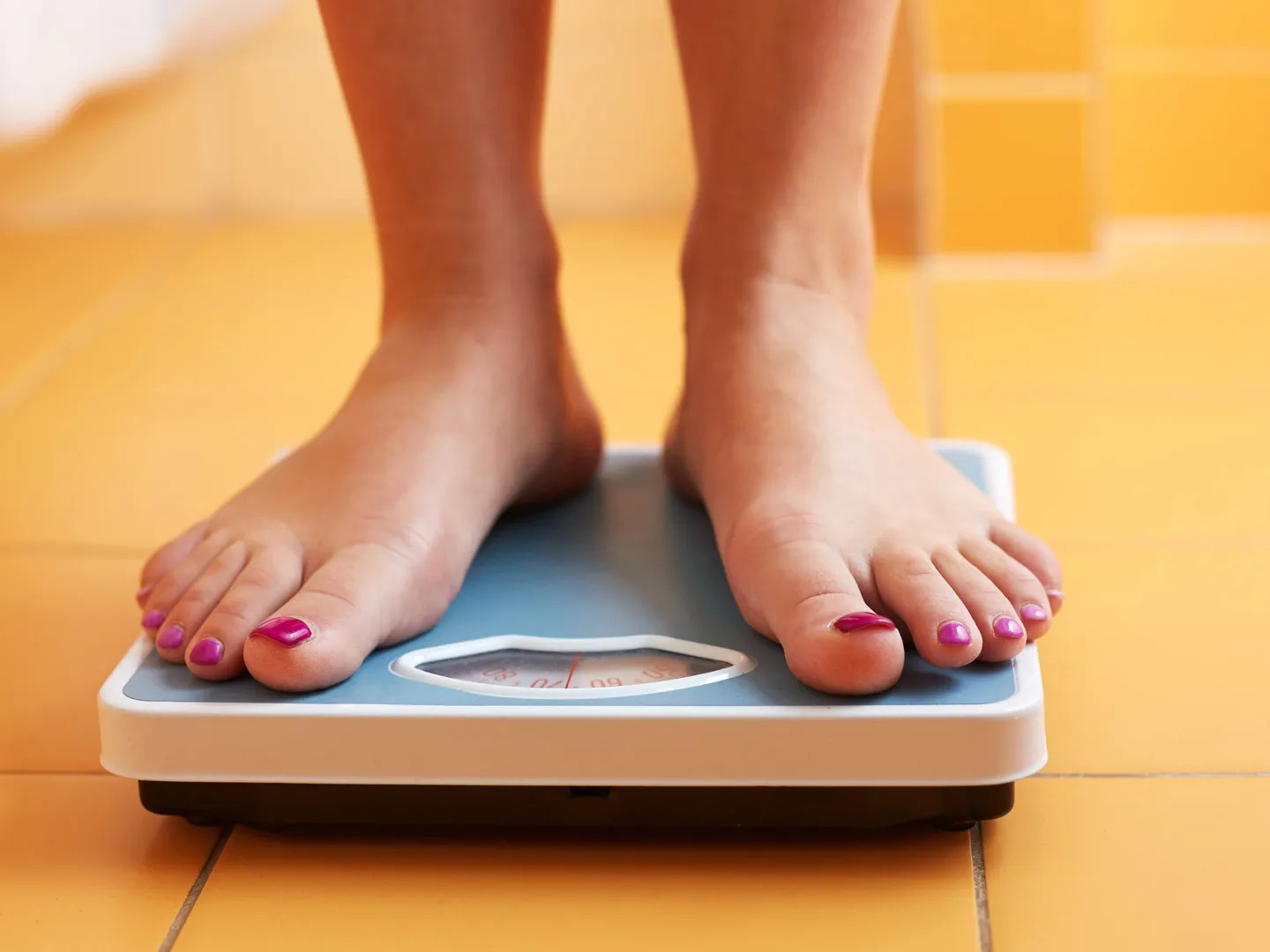

Bathroom Appliances
How To Measure Weight On A Scale
Published: February 13, 2024
Learn how to accurately measure weight on a bathroom scale with our step-by-step guide. Get the best results with these expert tips and techniques. Ideal for all bathroom appliances.
(Many of the links in this article redirect to a specific reviewed product. Your purchase of these products through affiliate links helps to generate commission for Storables.com, at no extra cost. Learn more)
Introduction
When it comes to measuring the weight of an object, a scale is an indispensable tool that provides accurate and reliable results. Whether you're weighing ingredients for a recipe, monitoring your body weight, or measuring packages for shipping, understanding how to properly use a scale is essential. In this comprehensive guide, we will delve into the intricacies of using a scale to measure weight effectively. From understanding the different types of scales to mastering the process of obtaining precise measurements, this article will equip you with the knowledge and skills needed to make the most of this fundamental tool.
A scale serves as a valuable instrument for obtaining weight measurements in various settings, including kitchens, bathrooms, and commercial environments. By familiarizing yourself with the functionality of a scale and the correct procedures for using it, you can ensure that your measurements are accurate and dependable. Whether you're a seasoned chef, a fitness enthusiast, or a small business owner, the ability to measure weight on a scale is an essential skill that can streamline your daily activities and contribute to your overall efficiency.
In the following sections, we will explore the nuances of using a scale, from understanding its components to interpreting the measurements it provides. By gaining a deeper understanding of how scales work and the best practices for using them, you will be well-equipped to tackle a wide range of weighing tasks with confidence and precision. So, let's embark on this enlightening journey to unravel the mysteries of measuring weight on a scale and empower ourselves with the knowledge to make informed and accurate measurements in our daily lives.
Key Takeaways:
- Mastering the use of a scale involves understanding its types, precision, and capacity, ensuring accurate weight measurements for cooking, fitness, and more. It’s like unlocking the secret to perfect measurements in everyday tasks!
- Properly preparing, placing, reading, and removing objects on a scale ensures accurate and reliable weight measurements. It’s like following a recipe for success in getting the right weight every time!
Read more: How To Reset A Weight Scale
Understanding the Scale
Before delving into the process of measuring weight on a scale, it's crucial to grasp the fundamental aspects of how a scale operates. Scales come in various types, including digital scales, mechanical scales, and balance scales, each designed to fulfill specific weighing needs. Digital scales, equipped with electronic components, provide precise readings and are commonly used in households, laboratories, and commercial settings. On the other hand, mechanical scales utilize springs and levers to indicate weight and are often found in traditional markets and medical facilities. Balance scales, characterized by their beam and pointer mechanism, offer a classic yet reliable method of weighing objects.
Regardless of the type, all scales consist of a platform or surface on which the object to be weighed is placed. This platform is connected to a system that measures the force exerted by the object due to gravity. Understanding the concept of weight as the force exerted by an object under the influence of gravity is pivotal in comprehending how scales function. When an object is placed on the scale, it exerts a downward force, which the scale then translates into a numerical measurement representing the object's weight.
Moreover, digital scales often feature additional functionalities such as tare functions, unit conversions, and weight memory, enhancing their versatility and convenience. These features enable users to measure the net weight of an object by compensating for the weight of the container or to switch between different units of measurement, such as pounds, kilograms, or ounces, based on their specific requirements.
Understanding the scale's precision and capacity is equally important. Precision refers to the scale's ability to provide consistent and accurate measurements, while capacity denotes the maximum weight that the scale can accommodate. By familiarizing oneself with these specifications, users can select the appropriate scale for their intended applications, ensuring that it aligns with their weighing needs.
In essence, comprehending the intricacies of a scale, including its type, functionality, precision, and capacity, lays the groundwork for successful weight measurement. This understanding forms the cornerstone for effectively utilizing a scale to obtain accurate and reliable weight measurements, setting the stage for the subsequent steps in the weighing process.
Preparing the Scale
Before embarking on the process of measuring weight on a scale, it is essential to ensure that the scale is properly prepared to deliver accurate and reliable measurements. This preparatory phase sets the stage for obtaining precise weight readings and involves several key steps.
1. Placement and Stability
The first step in preparing the scale is to ensure that it is placed on a flat, stable surface. Whether it's a kitchen scale, a bathroom scale, or an industrial scale, stability is paramount for accurate measurements. Placing the scale on an uneven or unstable surface can lead to erroneous readings. Therefore, it is crucial to position the scale on a level and sturdy surface to maintain its stability during the weighing process.
2. Calibration
Calibration is a critical aspect of preparing a scale for accurate weight measurement. For digital scales, calibration may involve a simple process of zeroing the scale to account for any deviations or errors. This can typically be achieved by pressing the "Tare" or "Zero" button, ensuring that the scale registers zero weight before placing the object to be weighed. Mechanical and balance scales may require manual adjustments to ensure their accuracy, often involving the use of built-in adjustment mechanisms or calibration weights.
Read more: What Is A Weight Scale
3. Power Source
For digital scales that are battery-powered or require an electrical outlet, ensuring a reliable power source is essential. Low battery levels or unstable power connections can impact the scale's performance and accuracy. Therefore, it is advisable to check the battery status or power supply before commencing the weighing process, ensuring that the scale is powered adequately to deliver precise measurements.
4. Cleanliness and Maintenance
Maintaining the cleanliness of the scale's surface and components is crucial for accurate measurements. Dust, debris, or residue can affect the scale's functionality and lead to inaccurate readings. Regular cleaning and maintenance, following the manufacturer's guidelines, can prolong the scale's lifespan and ensure consistent performance.
By meticulously preparing the scale through proper placement, calibration, power management, and maintenance, users can establish an optimal environment for obtaining accurate weight measurements. This preparatory phase sets the foundation for the subsequent steps in the weighing process, ensuring that the scale is primed to deliver reliable and precise results.
Placing the Object on the Scale
Once the scale is properly prepared, the next crucial step in the process of measuring weight is placing the object on the scale. This step requires attention to detail and precision to ensure accurate and reliable measurements.
1. Centering the Object
When placing the object on the scale, it is important to position it at the center of the scale's platform. This ensures that the weight is evenly distributed, minimizing the potential for measurement errors. Placing the object off-center can lead to inaccurate readings, as the scale may not register the true weight of the object due to uneven distribution of force.
Read more: How To Fix A Weight Scale
2. Avoiding Contact
To obtain precise measurements, it is essential to ensure that the object does not come into contact with any surrounding surfaces or objects. Any contact between the object and external elements can interfere with the scale's ability to accurately measure the weight. Therefore, it is advisable to place the object in a manner that allows for unobstructed contact solely with the scale's platform.
3. Stability and Stillness
Once the object is positioned on the scale, it is important to allow it to come to a complete rest. Any movement or instability can lead to fluctuating readings, compromising the accuracy of the measurement. Therefore, it is recommended to gently place the object on the scale and allow it to settle into a stable position before proceeding to obtain the weight measurement.
4. Observing the Display
As the object is placed on the scale, the display will indicate the weight measurement. It is essential to wait for the measurement to stabilize and reach a consistent value before recording the weight. This ensures that the scale has accurately registered the weight of the object and that the measurement is reliable.
By adhering to these guidelines and best practices when placing the object on the scale, users can optimize the accuracy and reliability of the weight measurements obtained. This meticulous approach sets the stage for interpreting the measurement and utilizing it effectively for various applications, whether in culinary endeavors, fitness tracking, or commercial weighing tasks.
Reading the Measurement
Once the object has been placed on the scale and the weight measurement stabilizes, it is imperative to accurately interpret the displayed measurement. Reading the measurement entails understanding the numerical value presented on the scale's display and, if applicable, any additional information such as units of measurement or decimal points.
When reading the measurement, it is essential to consider the units of measurement displayed on the scale. Depending on the scale's settings or the user's preferences, the weight may be indicated in pounds, kilograms, ounces, or grams. It is crucial to verify the selected unit of measurement to ensure that the weight is interpreted correctly for the intended purpose. For instance, in a culinary setting, a recipe may require ingredients to be measured in grams, while a fitness regimen may necessitate weight measurements in pounds or kilograms.
Furthermore, if the scale features decimal points, it is important to take note of the precision of the measurement. Decimal points can indicate fractions of a unit, providing a more detailed and accurate representation of the weight. Understanding the scale's precision allows for precise measurements, particularly when dealing with small or delicate objects where slight weight differentials are significant.
In cases where the scale offers the option to switch between different units of measurement, users should ensure that the selected unit aligns with their specific requirements. This flexibility enables seamless adaptation to diverse weighing needs, catering to a wide range of applications with precision and convenience.
Additionally, for digital scales equipped with advanced features such as weight memory or tare functions, the displayed measurement may include additional indicators or icons. These indicators may signify the use of tare to deduct the weight of a container or the storage of previous weight measurements. Understanding these supplementary features enhances the scale's functionality and empowers users to streamline their weighing processes effectively.
By accurately reading the measurement and considering the units of measurement, precision, and any additional features presented on the scale's display, users can derive meaningful and actionable weight measurements. This understanding forms the basis for utilizing the obtained measurements in various contexts, whether for cooking, monitoring health and fitness goals, or fulfilling commercial weighing requirements.
Read more: How To Use A Balance Scale For Weight
Removing the Object from the Scale
Once the weight measurement has been successfully obtained, the next step is to carefully remove the object from the scale. This phase of the weighing process is crucial in maintaining the scale's accuracy and ensuring its longevity. Properly removing the object involves a series of considerations to uphold the integrity of the scale and preserve its functionality.
-
Gentle Lifting: When removing the object from the scale, it is essential to lift it gently and steadily to prevent sudden movements or jolts. Abrupt actions can disrupt the scale's calibration and stability, potentially affecting its accuracy for subsequent measurements. By lifting the object with care, users can minimize the risk of causing undue stress on the scale's components, promoting its longevity and consistent performance.
-
Avoiding Impact: It is imperative to ensure that the object is lifted without making contact with the scale's platform or any surrounding surfaces. Impact or collision between the object and the scale can lead to damage or misalignment, compromising the scale's precision and reliability. By lifting the object in a controlled manner, users safeguard the scale from potential harm, preserving its functionality for future use.
-
Observing Stability: After the object has been removed from the scale, it is advisable to observe the scale's display to ensure that the weight measurement returns to zero or its initial state. This observation serves as a verification of the scale's reset and readiness for subsequent measurements. If the scale does not return to zero after the object is removed, it may indicate the need for recalibration or troubleshooting to address any potential issues.
-
Maintenance: Following the removal of the object, it is beneficial to perform a cursory inspection of the scale to ensure its cleanliness and proper functioning. Any debris or residue on the scale's surface should be promptly removed, and any signs of wear or damage should be addressed accordingly. Regular maintenance and care contribute to the scale's longevity and sustained accuracy, ensuring reliable performance over time.
By adhering to these guidelines when removing the object from the scale, users can uphold the scale's integrity and optimize its functionality for future use. This meticulous approach underscores the importance of proper handling and maintenance in preserving the accuracy and reliability of the scale, reinforcing its role as a dependable tool for weight measurement.
Conclusion
In conclusion, mastering the art of measuring weight on a scale is a valuable skill that transcends various aspects of daily life. From culinary pursuits that demand precise ingredient measurements to fitness journeys that rely on accurate weight tracking, the ability to effectively utilize a scale is indispensable. Throughout this comprehensive guide, we have explored the intricacies of using a scale to obtain reliable weight measurements, encompassing the understanding of scale types, the preparatory steps, the process of placing objects on the scale, interpreting measurements, and the careful removal of objects post-measurement.
By understanding the fundamental principles of scales, including their types, precision, and capacity, users can make informed decisions when selecting a scale that aligns with their specific weighing needs. Furthermore, the preparatory phase, emphasizing stability, calibration, power management, and cleanliness, sets the stage for accurate weight measurements, laying the groundwork for a seamless weighing process.
Placing objects on the scale with precision, ensuring centering, stability, and stillness, is pivotal in obtaining accurate measurements. Additionally, accurately interpreting the displayed measurements, considering units, precision, and supplementary features, empowers users to derive meaningful and actionable weight data for diverse applications.
The careful removal of objects from the scale, characterized by gentle lifting, impact avoidance, stability observation, and maintenance, underscores the significance of preserving the scale's accuracy and functionality for future use.
In essence, the process of measuring weight on a scale encapsulates a meticulous and systematic approach that culminates in the acquisition of reliable weight measurements. Whether it's for culinary creativity, health and wellness pursuits, or commercial endeavors, the knowledge and skills gained from this guide empower individuals to harness the full potential of scales as indispensable tools for accurate weight measurement.
By embracing the insights and best practices outlined in this guide, users can embark on their weighing tasks with confidence, precision, and a deep understanding of the nuances involved in obtaining accurate weight measurements. Ultimately, the journey of mastering the art of measuring weight on a scale enriches daily experiences, fosters efficiency, and contributes to informed decision-making across a myriad of contexts.
Frequently Asked Questions about How To Measure Weight On A Scale
Was this page helpful?
At Storables.com, we guarantee accurate and reliable information. Our content, validated by Expert Board Contributors, is crafted following stringent Editorial Policies. We're committed to providing you with well-researched, expert-backed insights for all your informational needs.
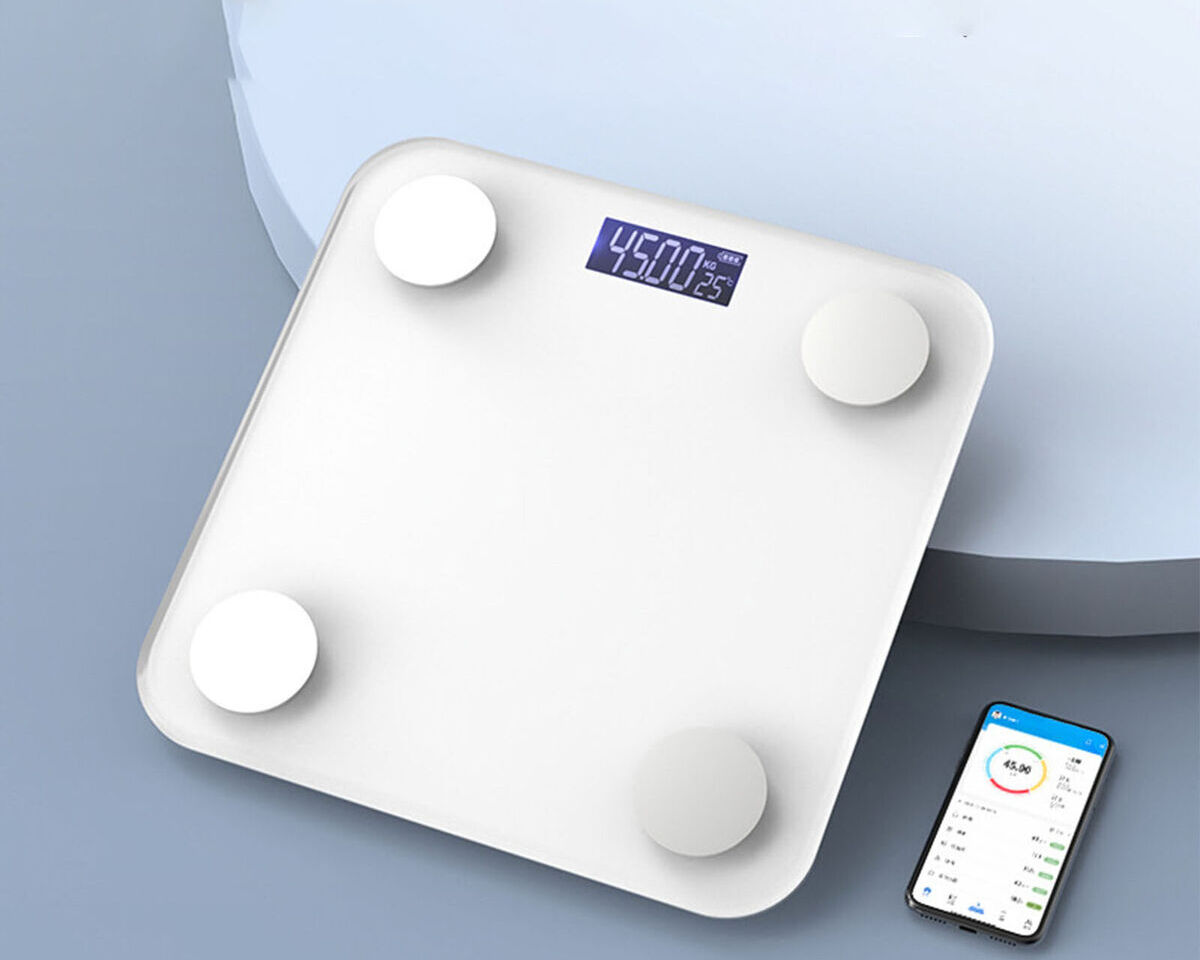
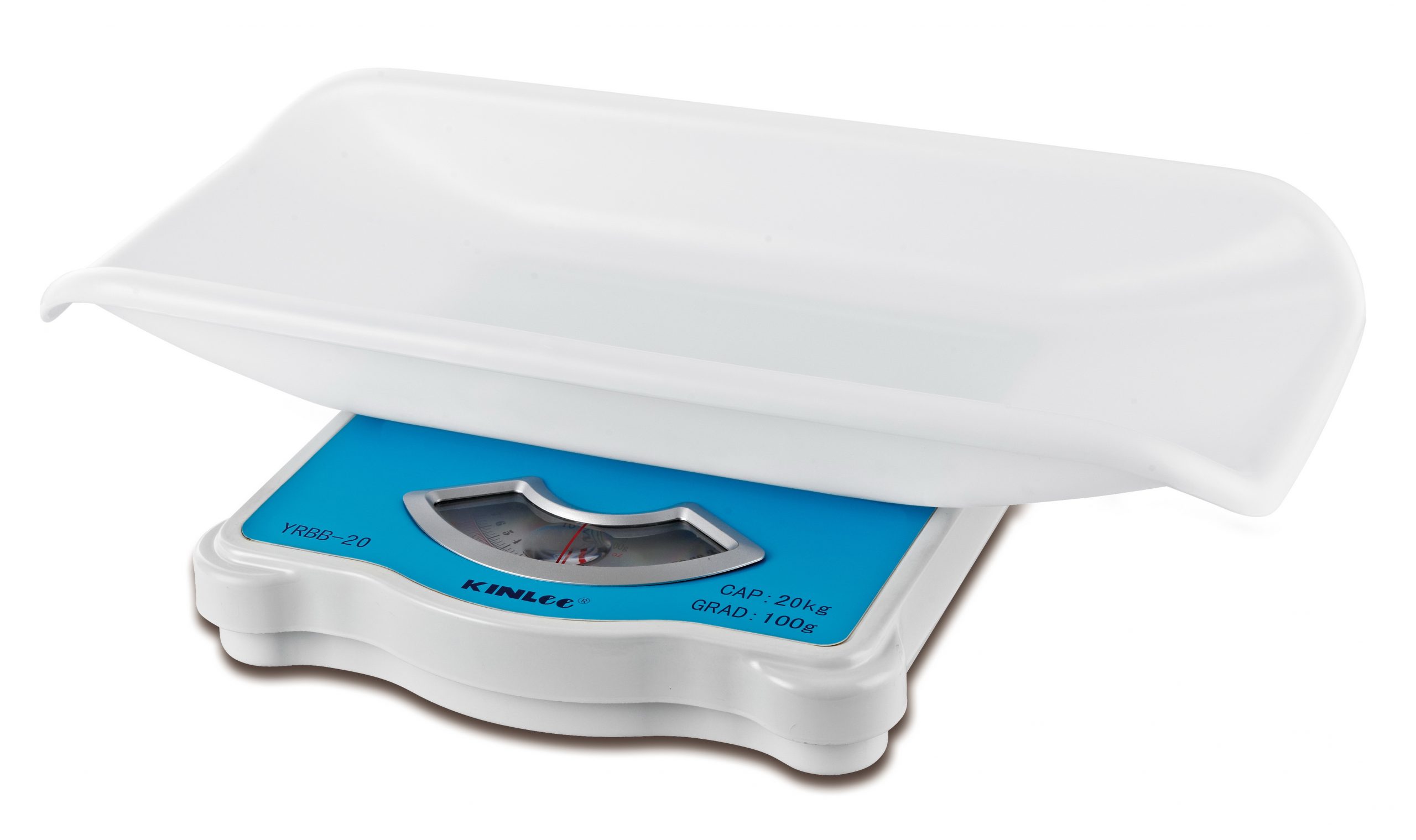
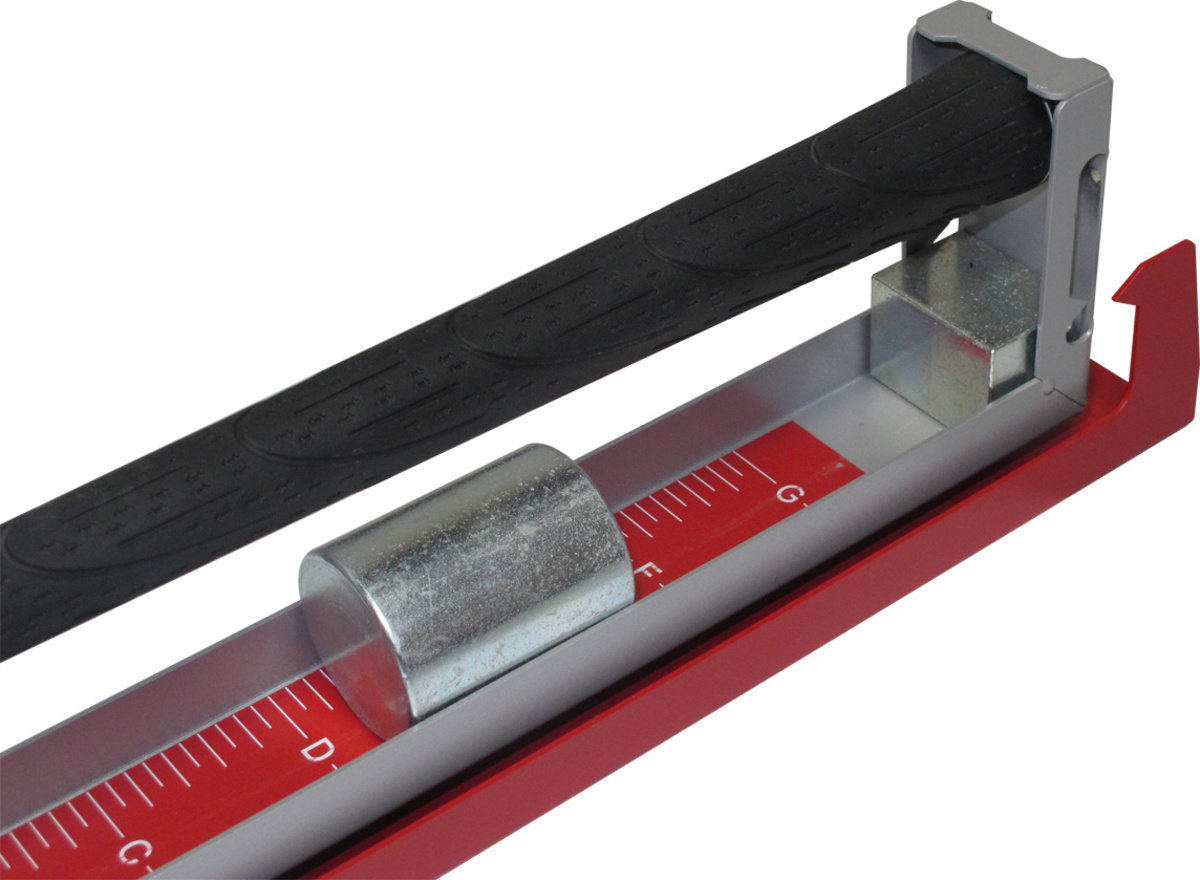
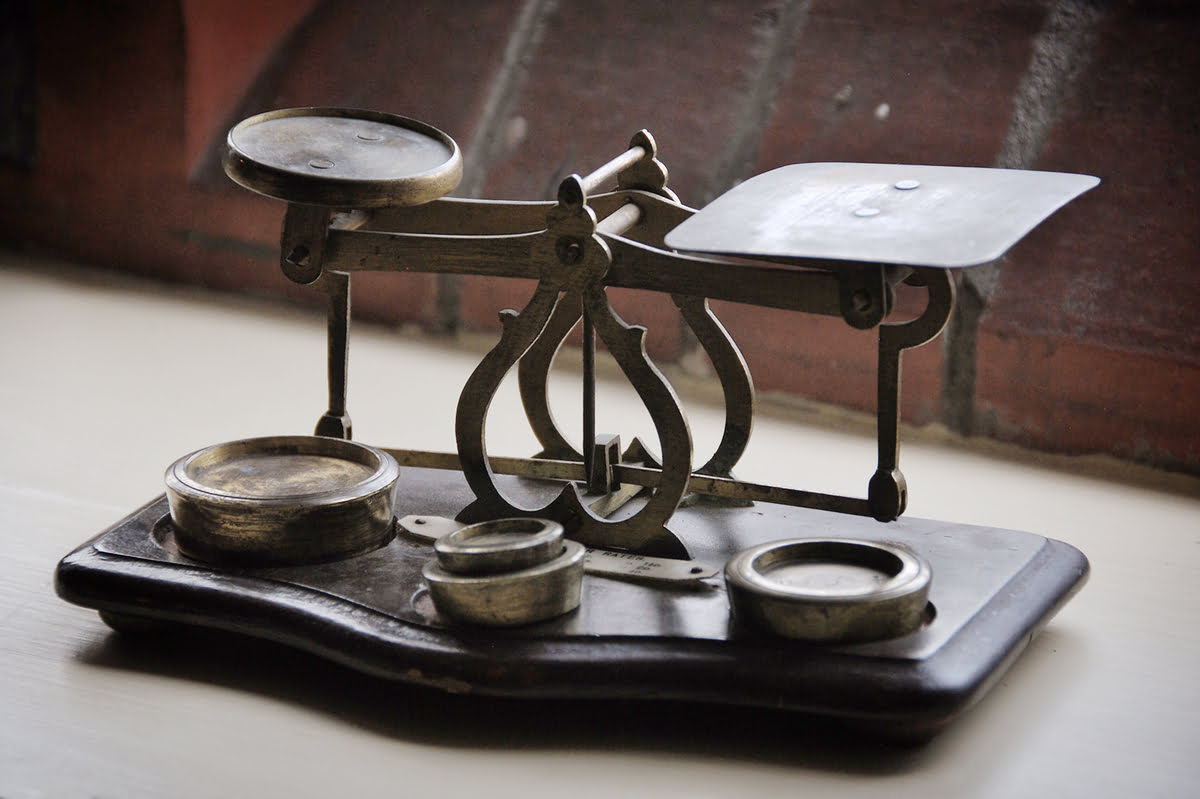
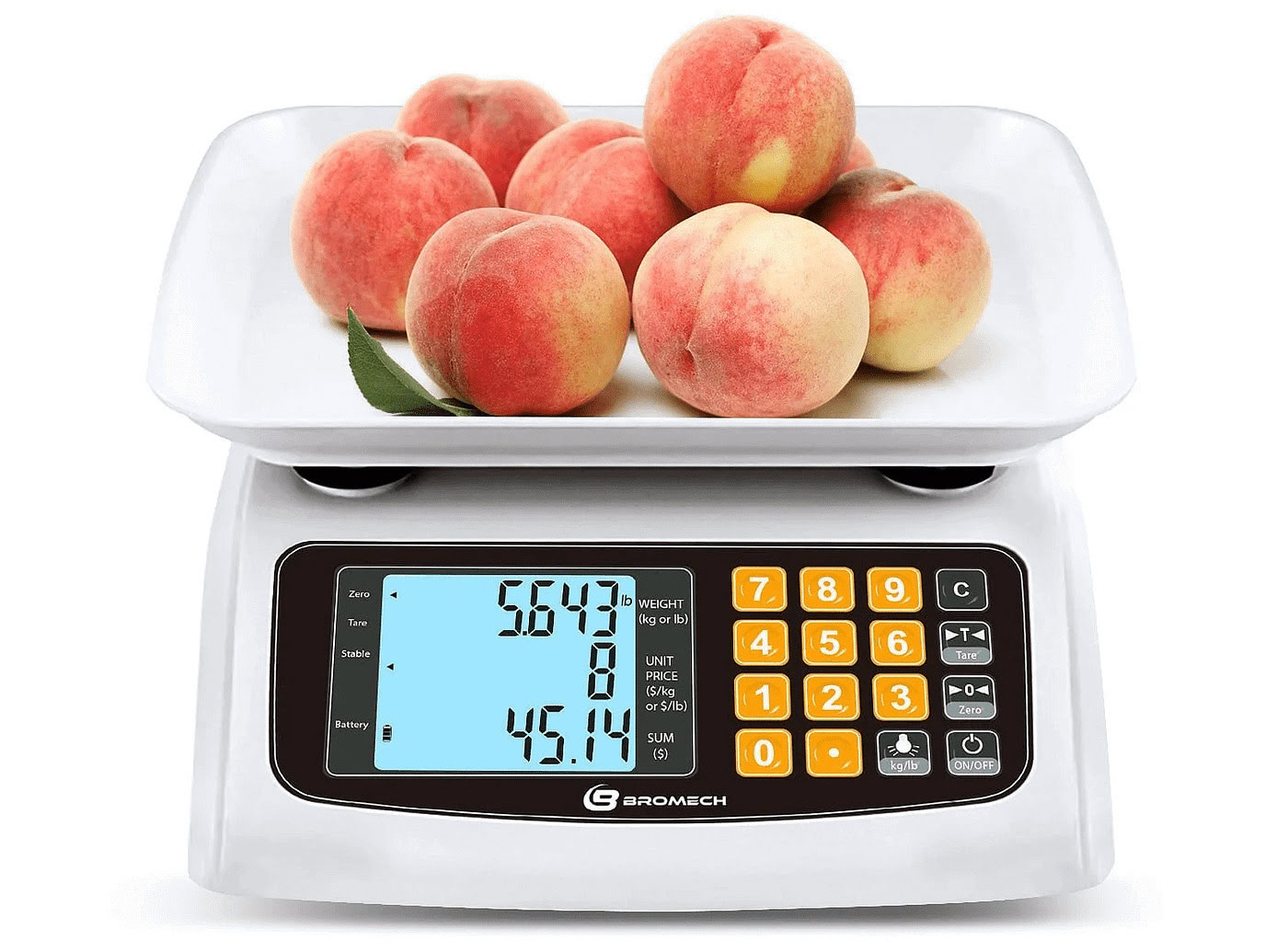
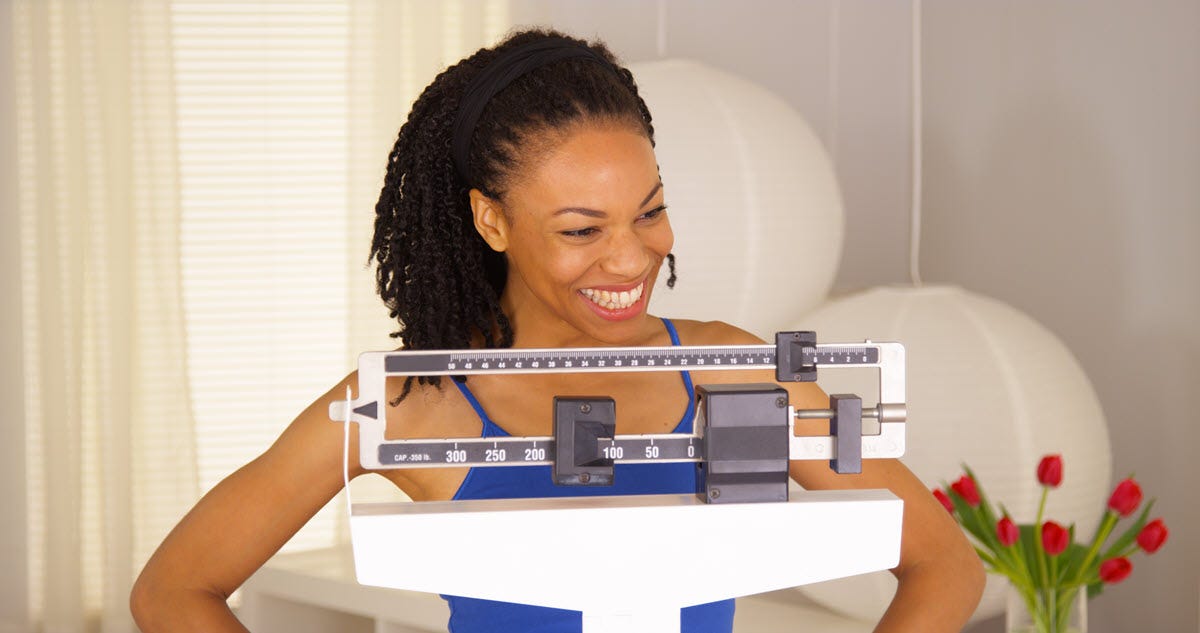
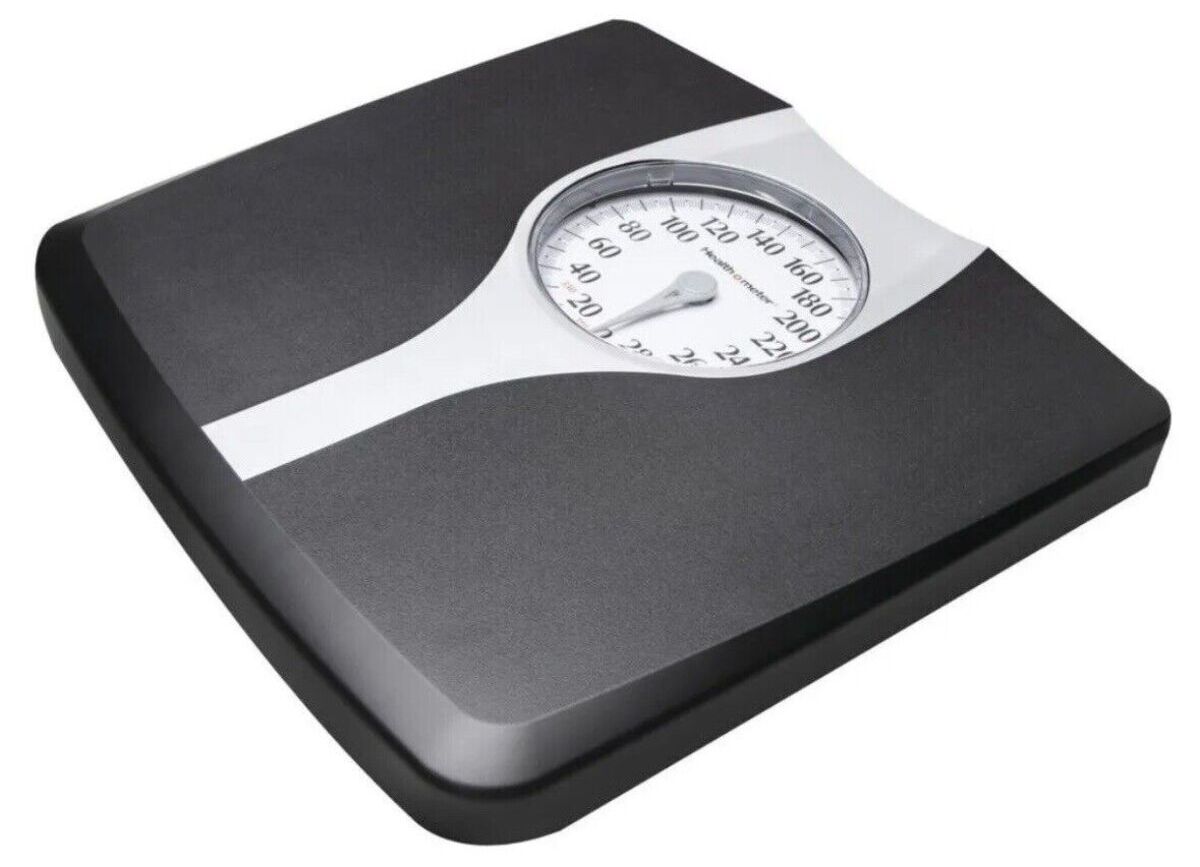
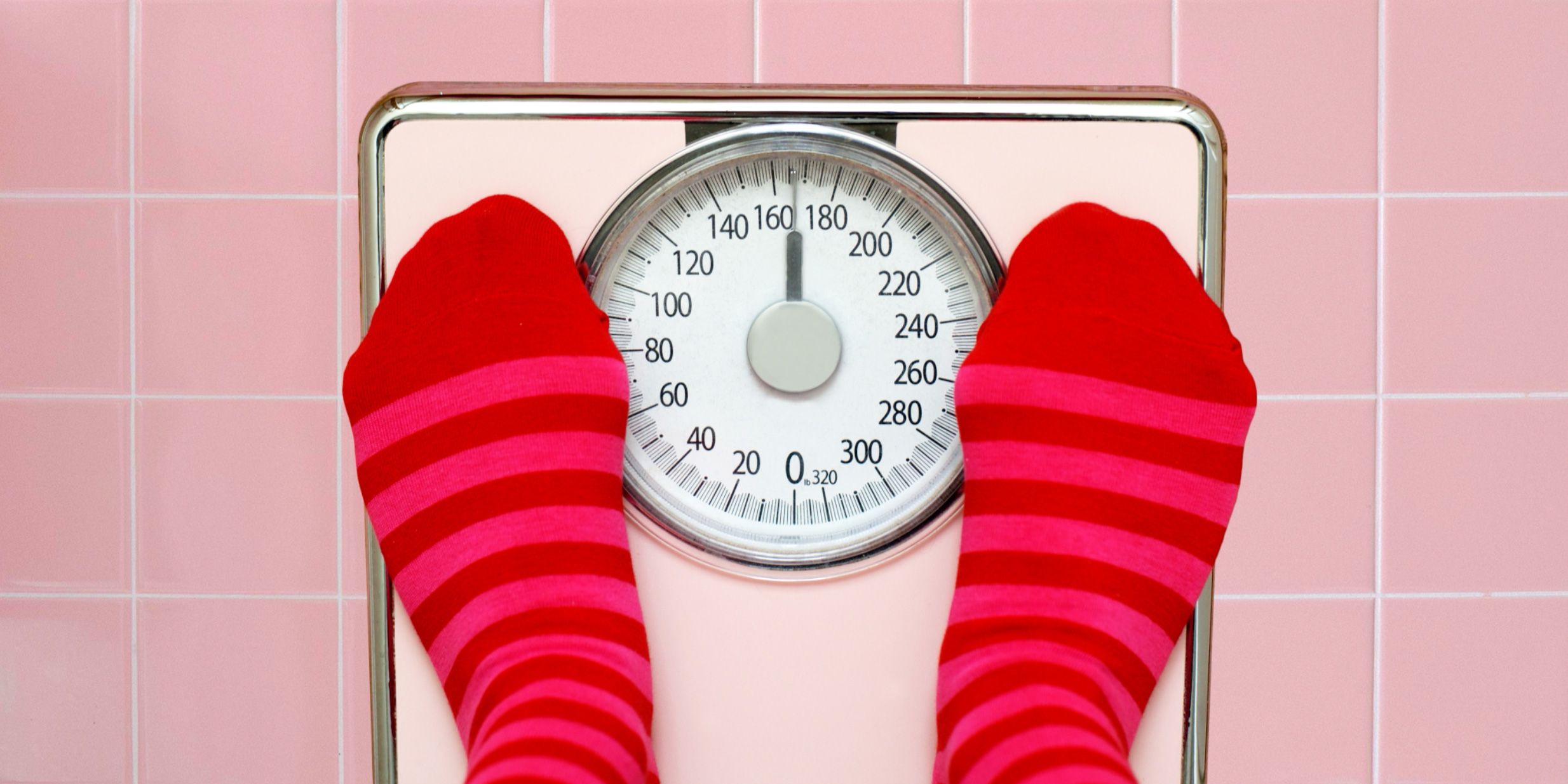
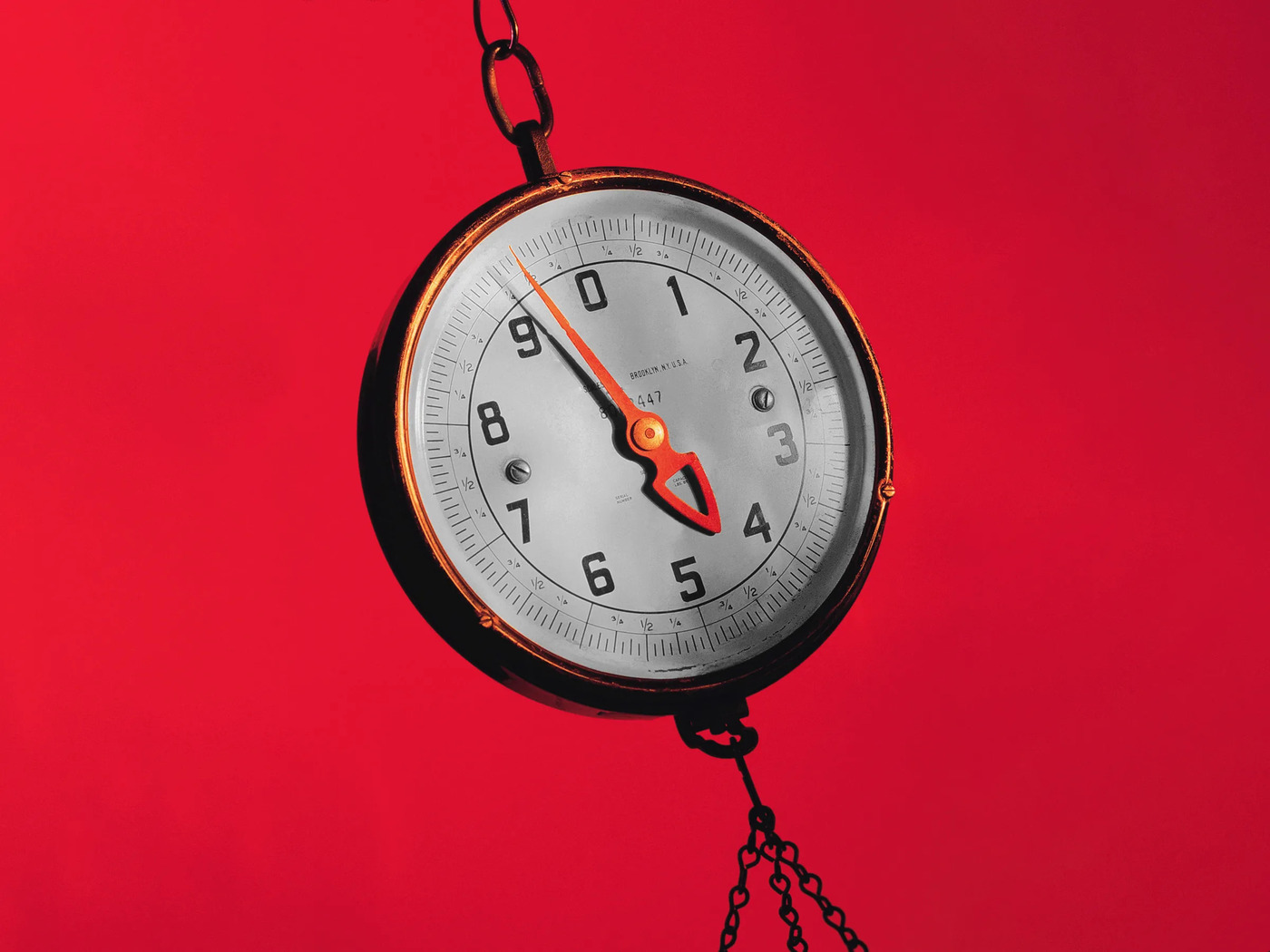
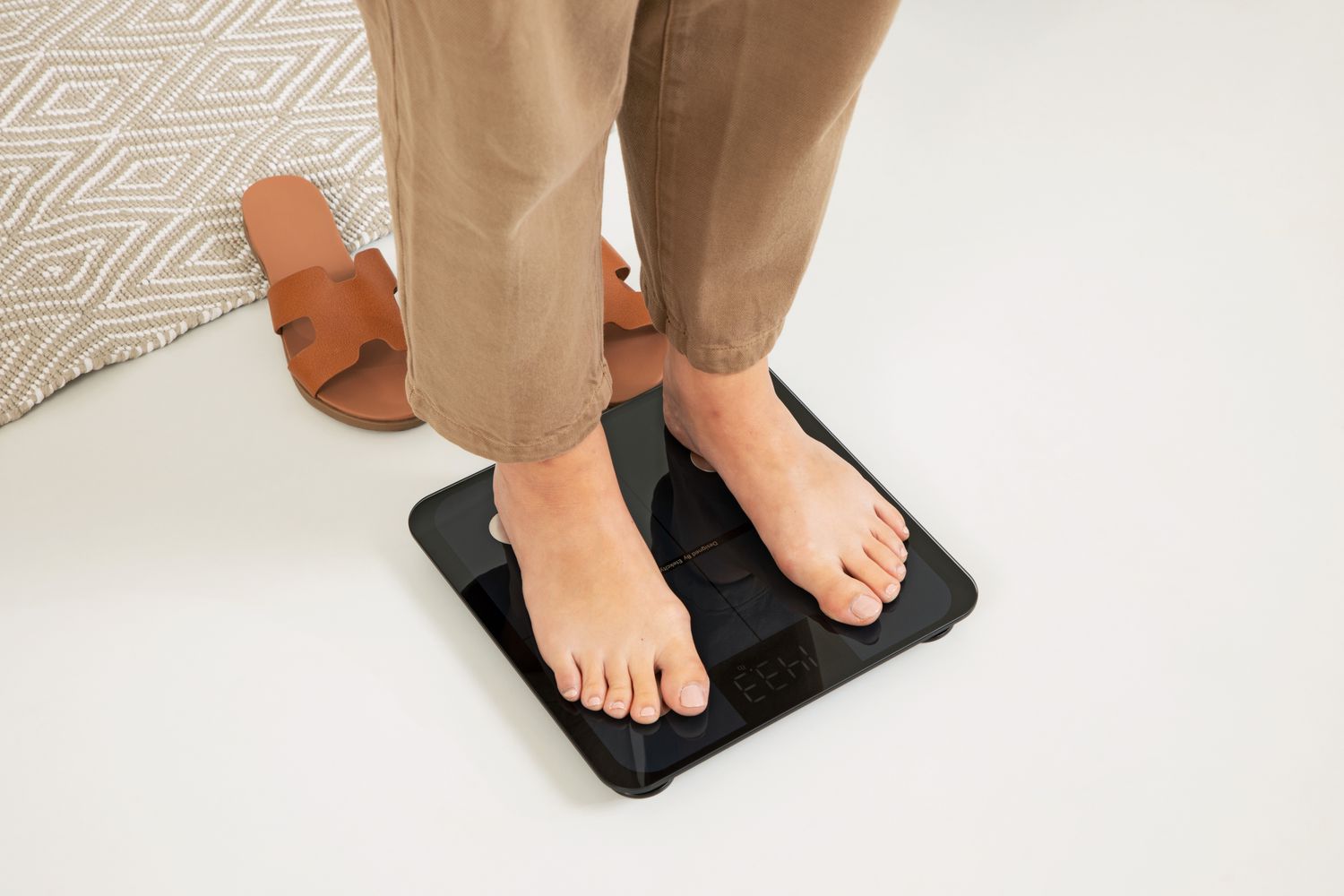



0 thoughts on “How To Measure Weight On A Scale”